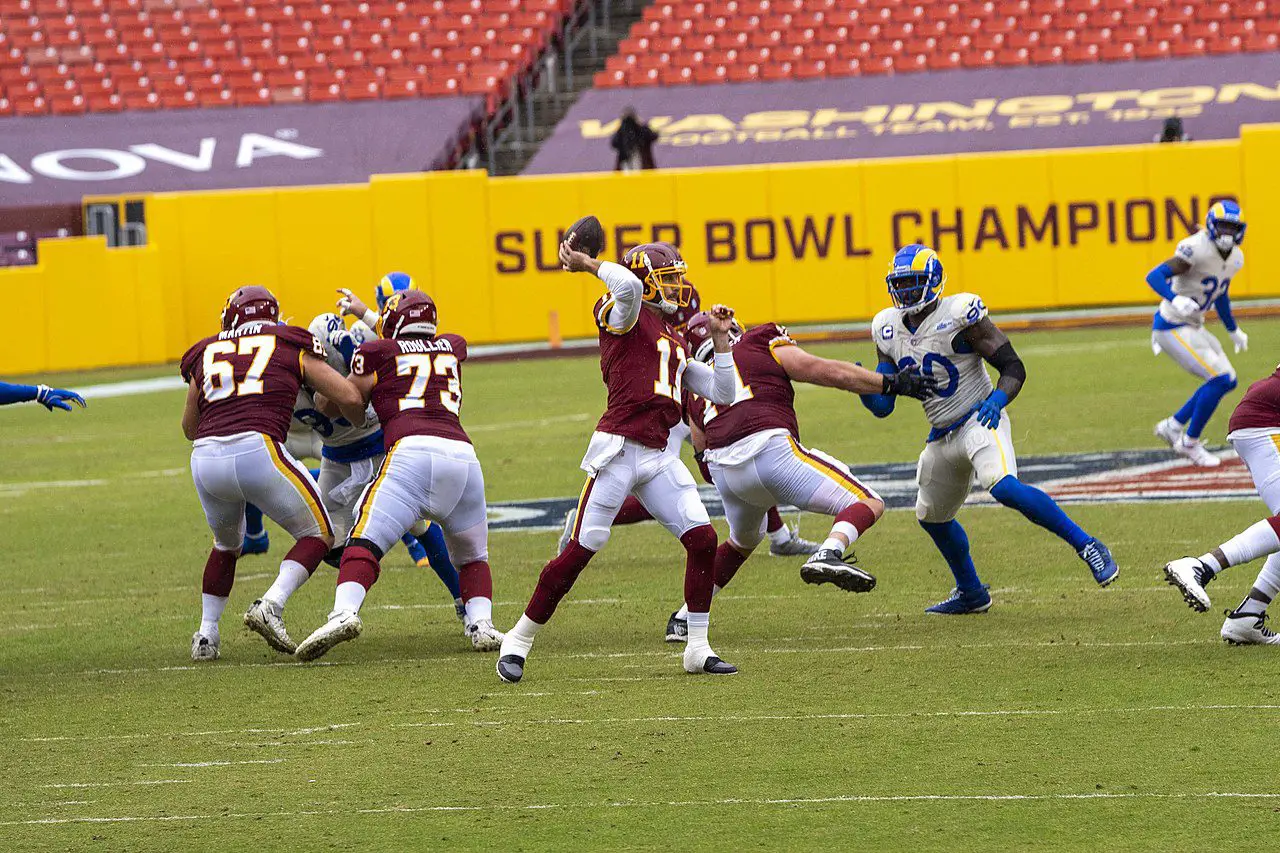Shortly after the Pittsburgh Steelers announced that they would be changing the notorious name of the home field, Heinz Field, the Cincinnati Bengals shared that they also would be having a name change for their stadium in the near future. The Bengals are close to a deal that would change the name of the stadium from Paul Brown Stadium. This would be the first name change in the history of the stadium’s existence and it is sad to see the name go, especially after taking into account the impact that Brown had on both the Cincinnati Bengals along with football as a whole in the state of Ohio. Before this deal, Paul Brown Stadium was one of three stadiums in the entire NFL that did not have a corporate sponsor incorporated into it.
History of the Bengal’s Stadiums
The Bengals began playing at Nippert Stadium, the home of the University of Cincinnati Bearcats for their first two seasons as a team. After that, they moved to Riverfront Stadium and remained there from 1970-1999. From 1999-2022, the Bengals called Paul Brown Stadium home, however, with the Bengals being one of the teams with the brightest futures in the entire league, it makes sense that now is the right time to work a corporate sponsor into the name.
Paul Brown’s impact on the Cincinnati Bengals and football in Ohio
It is very unlikely that the Bengals will remove Paul Brown’s name from the stadium as a result of all that he did for both the Cincinnati Bengals along with football in Ohio as a whole. Without monumental figures like Brown making football a mainstay in the state, it is very unlikely that Ohio would be the football hotspot that it is today. Brown started at the bottom of the coaching totem pole and spent the majority of his life working his way up and becoming one of the greatest coaches that the game has ever seen. He began his career at Severn School in 1931. After some time there, he took over the head coaching job at Massilon Washington High School. Brown began turning heads at Massilon Washington as his team only lost ten games in eleven seasons. After Massilon Washington, Brown made the jump to NCAA football in which he took the Ohio State Buckeyes to their first national championship in 1942. Around this time, World War II was ramping up and Browns took some time away from coaching and joined the military. After his service, Brown became the head coach of the Cleveland Browns. With Cleveland, he established himself as one of the best to ever coach and he went on a historic run. In Cleveland, he had an overall record of 158-48-8 for an overall winning percentage of 76.7%. Along with this, he won seven championships with the Browns. After spending the majority of his NFL career in Cleveland, Brown went south and joined the Cincinnati Bengals. Although things did not go as well in Cincinnati, it is important to keep in mind that this was a Bengals franchise that was just getting started. Typically for expansion teams, they struggle for years if not decades. Despite this, Brown almost had a winning record while in Cinncinnati with an overall record of 55-56-1 over his eight years with the Bengals. Over the course of his NFL career, Brown was named the Coach of the Year eleven times over all major publications. Along with this, he was a three-time NFL champion and a four-time AAFC champion. He was inducted into the Pro Football Hall of Fame after retirement.
Potential new names
It has not been leaked yet what companies are working out deals with the Bengals to get their company’s name on the stadium. However, if the deal is as close to closing as reports indicate, we will know in the near future if negotiations do not fall through.





